Big cats, majestic and mysterious, have fascinated humans for centuries with their prowess, grace, and commanding presence. Among the many aspects of their lives that intrigue scientists and nature enthusiasts alike is how they use their environment to establish dominance and territory. Water sources play a critical role in this dynamic, not just as a life-sustaining necessity, but as strategic tools in the territorial chess game wildcats play. This article delves into the fascinating strategies big cats employ in utilizing water sources to claim and maintain their territories.
Understanding Big Cat Territorial Behavior
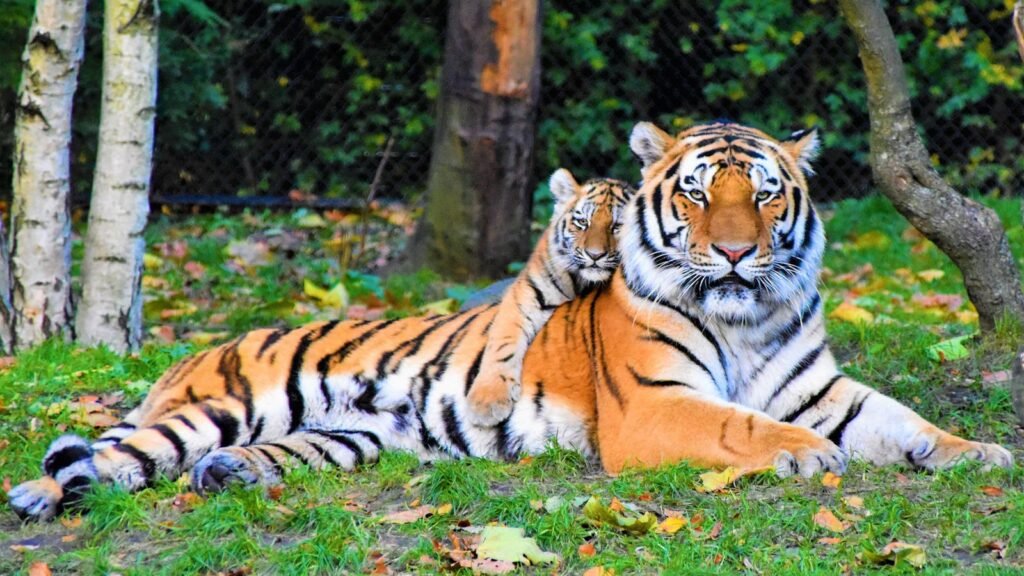
Territory is crucial for big cats, ensuring they have sufficient resources to survive, thrive, and raise their young. Each territory must provide access to food, shelter, and water while offering protection from rivals. Establishing and maintaining these spaces is a key aspect of a big cat’s life, influencing their behavior and social structures. Territory size can vary significantly among species, dependent on environmental factors and prey availability.
The Role of Water Sources in Big Cat Territories
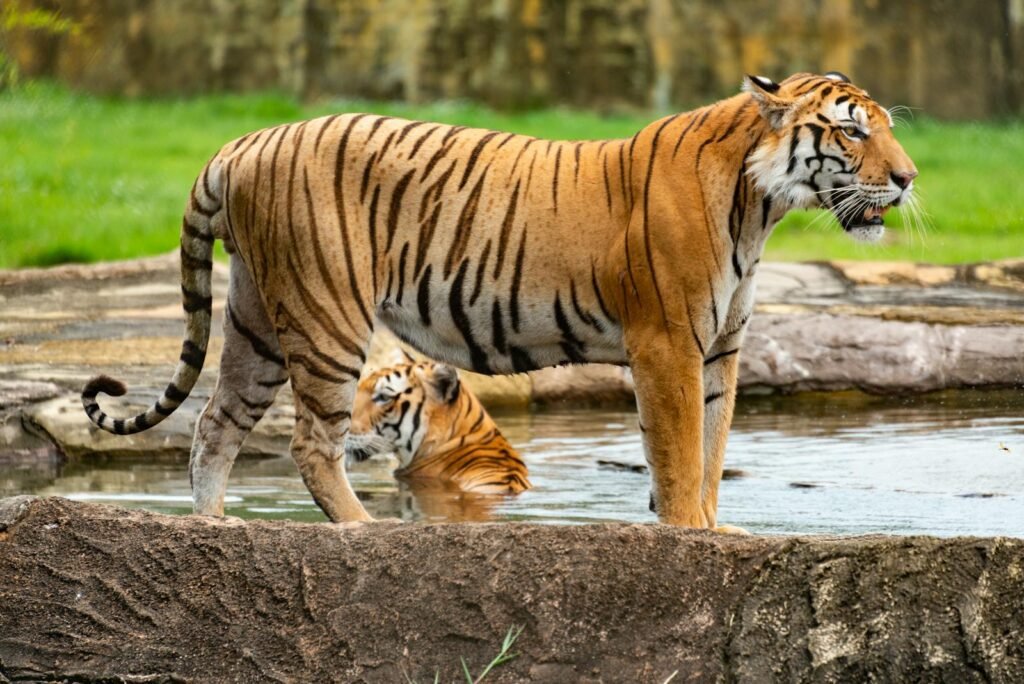
Water is essential for the survival of all life forms, and big cats are no exception. Water sources within a territory are vital, serving multiple purposes beyond hydration. For many big cats, proximity to water sources ensures access to prey who frequent these sites, such as antelope or deer. Therefore, water bodies not only quench thirst but also act as strategic hunting grounds.
Marking Territory with Water
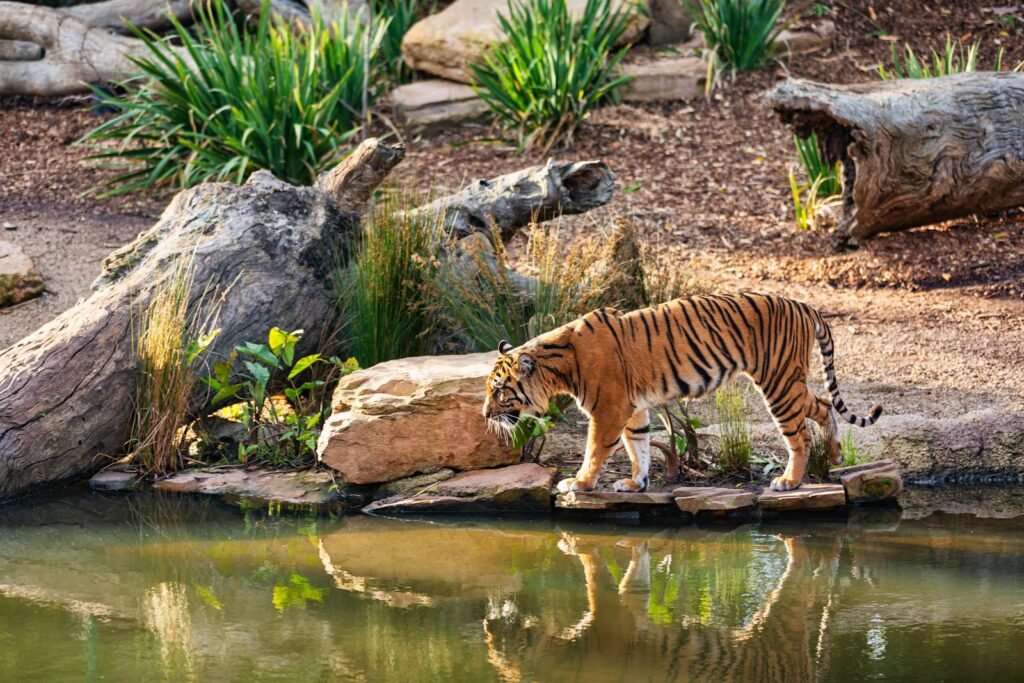
Big cats rely heavily on scent marking to communicate boundaries to other members of their species. Water sources often become focal points for this activity. By marking trees, bushes, and rocks around water sources with scent glands or urine, big cats announce their presence and territorial claims to rivals. The area surrounding water sources becomes a boundary demarcation, broadcasting control to others.
The Social Dynamics of Water Territory
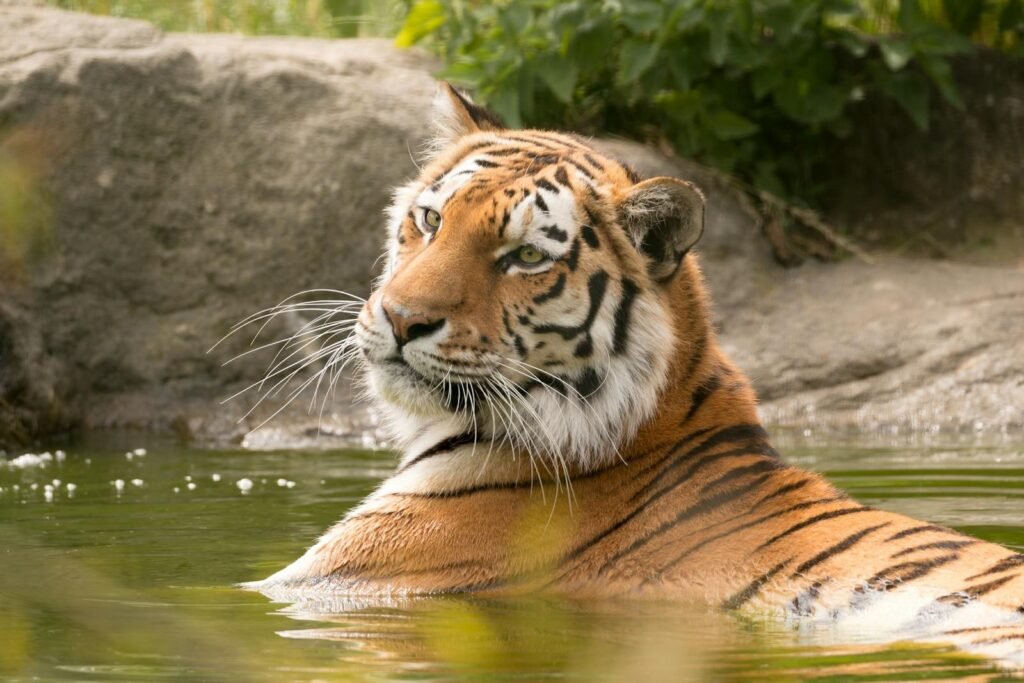
Water sources, being limited in some environments, can become points of conflict or cooperation. In situations where territory is highly contested, such as droughts, big cats might have to engage in direct confrontations over water rights. Conversely, in more stable environments, multiple individuals of the same species might share a common watering hole, at least temporarily, reducing aggressive encounters due to the abundance of resources.
Case Study: Lions and Water Territories
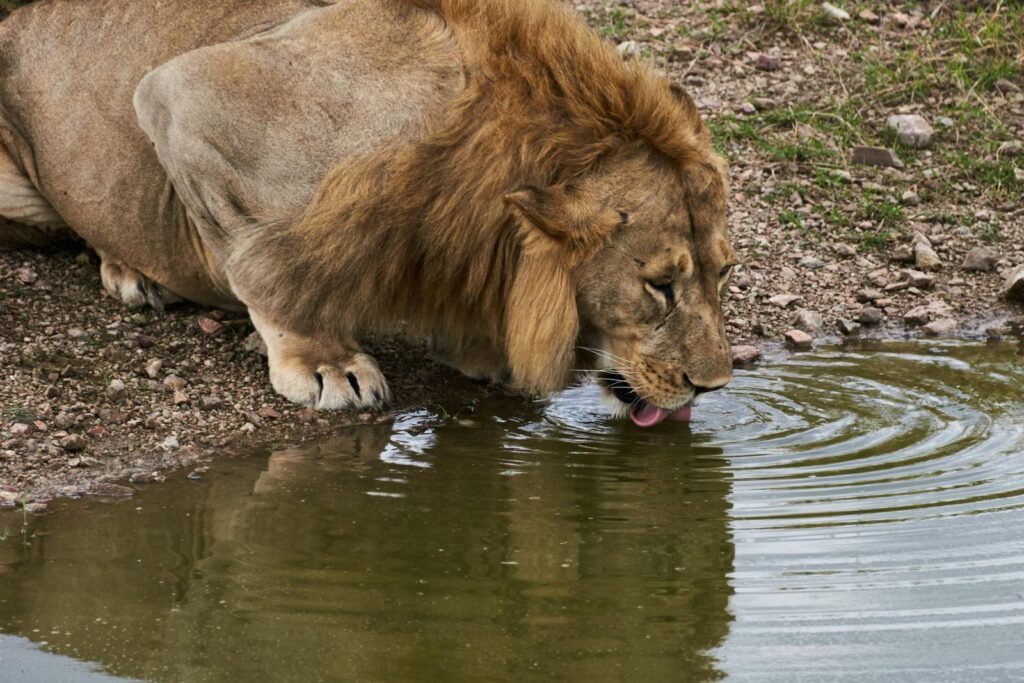
Lions, known for their social structure, often establish territories around water sources in the savannahs. Lion prides protect these territories fiercely, ensuring that water is available not only for drinking but as a strategic point for ambushing prey animals who also seek hydration. Dominant prides maintain longer-term control over these areas, which directly impacts their reproductive success and survival rate.
Tigers and Their Unique Relationship with Water
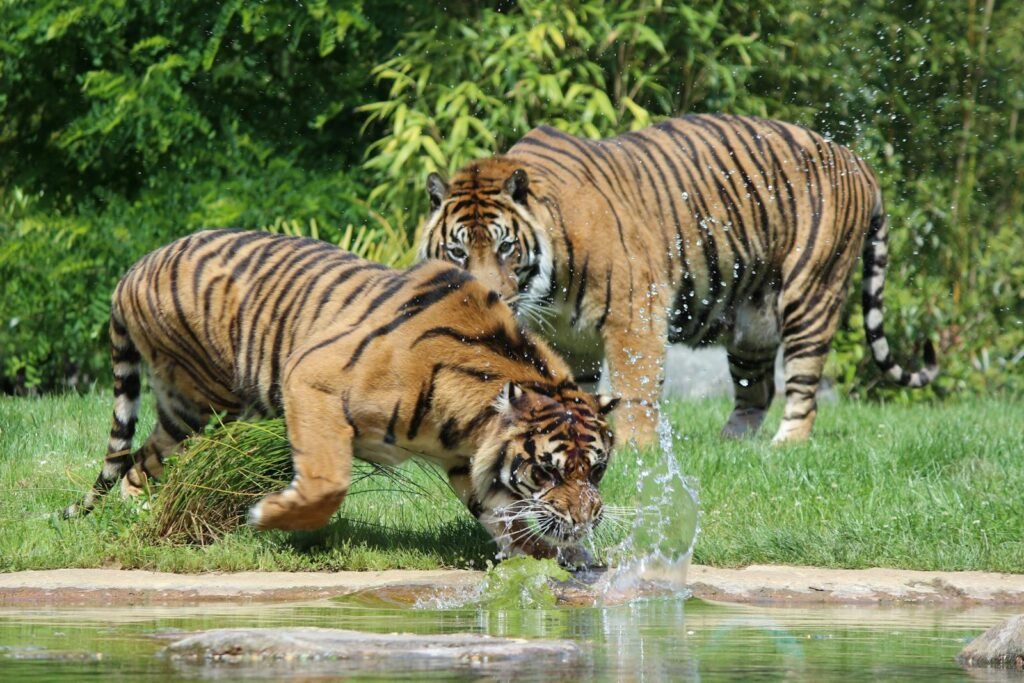
Unlike most big cats, tigers are known to enjoy being in the water. Their territories often include or are adjacent to rivers, lakes, or large pools, providing them with ideal habitats for not only staying hydrated but cooling off and playing. Their swimming prowess gives them a hunting advantage as they navigate through water to catch unsuspecting prey, a technique unique to the tiger’s hunting repertoire.
Leopards: Stealth and Water Sources
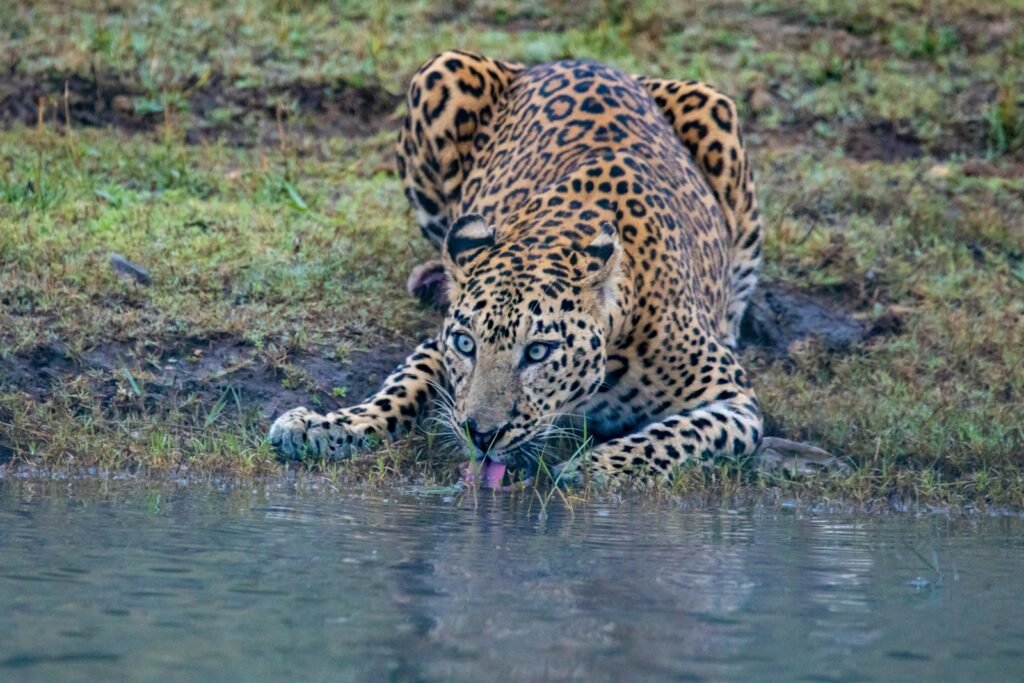
Leopards are remarkably adaptable and can survive in various environments, from forests to semi-arid regions. Their solitary nature means they often stake out territories with optimal hunting grounds, and water sources form an integral part. Leopards use these sources strategically; by placing themselves along expected animal paths to water, they can execute stealthy, successful hunts without expending unnecessary energy.
Jaguars: Masters of Aquatic Hunting
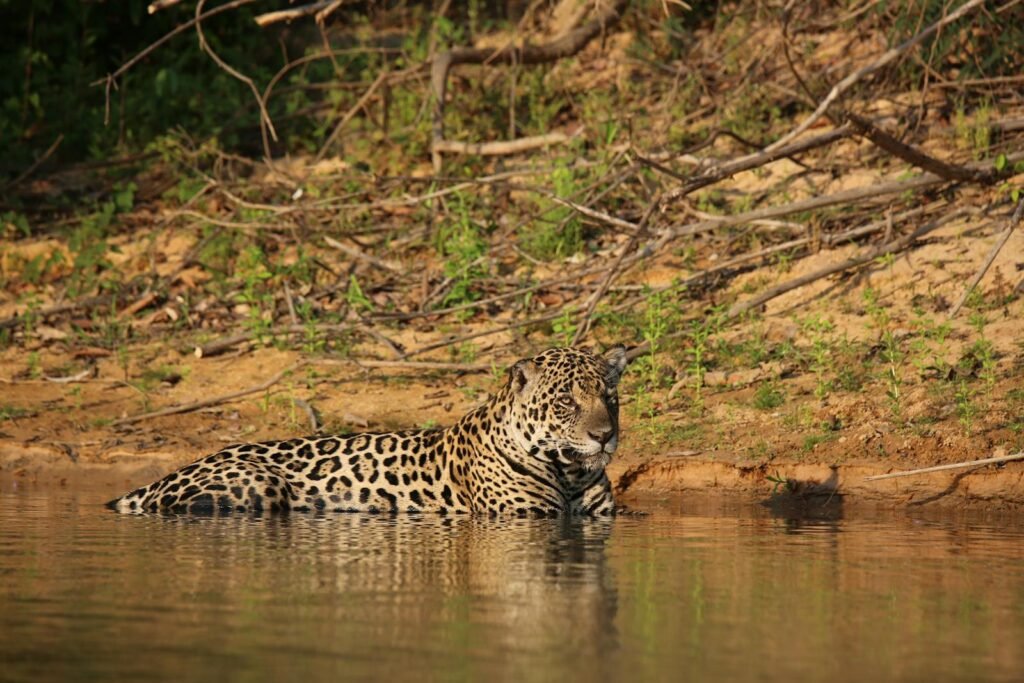
Jaguars, native to the rainforests of South America, are exceptional swimmers and have developed a unique hunting strategy involving water. Within their territories, jaguars often hunt creatures such as caimans and fish, utilizing water as a tool to widen their diet. Their robust build allows them to exert powerful bites, making them formidable hunters both on land and in water.
Conservation Challenges and Water Sources
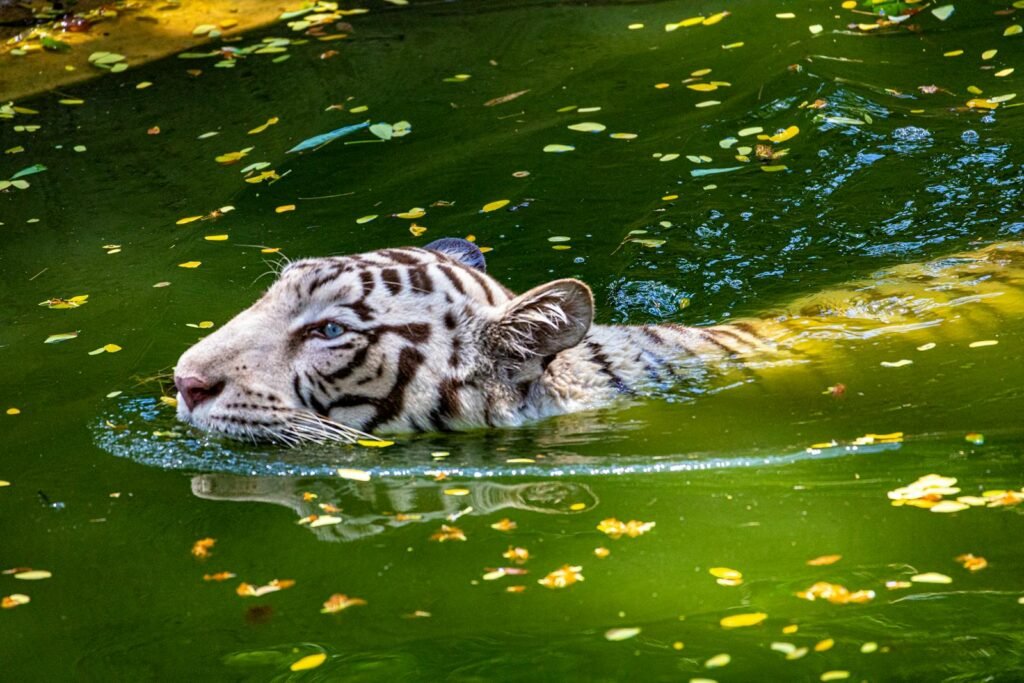
Human-induced changes to landscapes, such as agriculture and urban development, pose significant threats to natural water sources that big cats depend upon. The destruction of these habitats can lead to increased conflicts between humans and big cats, as animals venture closer to human settlements in search of water. Preserving natural water bodies is key to the conservation of these majestic creatures.
Adaptive Behavior in Changing Climates
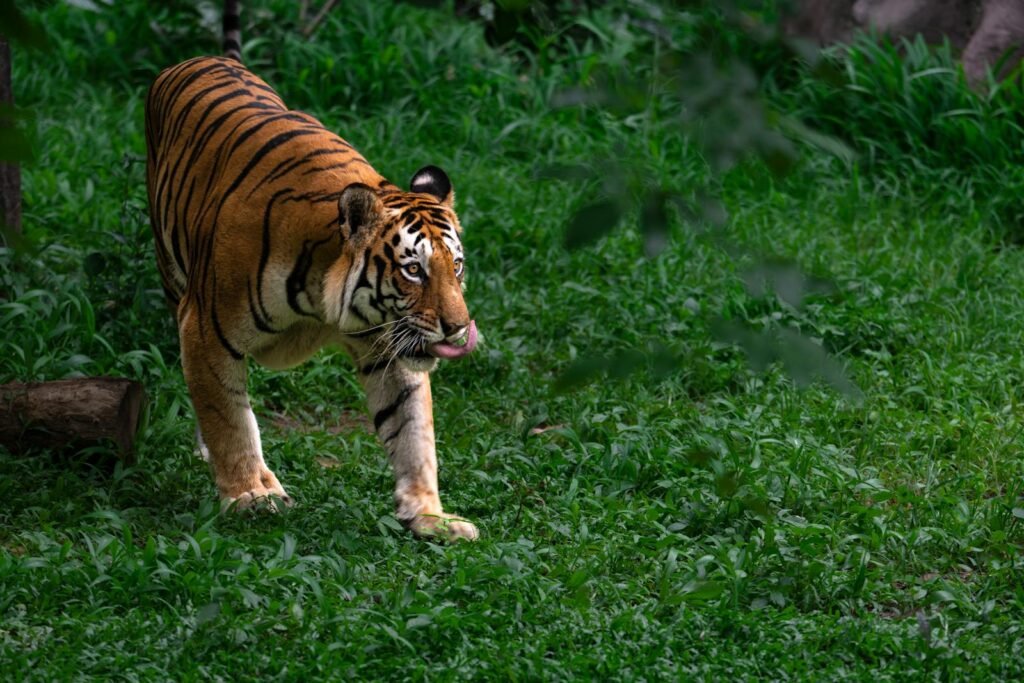
Climate change is altering precipitation patterns, affecting water availability in many big cat habitats. Some species demonstrate remarkable adaptability, changing their territorial range or altering hunting strategies to cope with new challenges. Understanding these adaptations is crucial for conservationists aiming to protect big cat species amid ongoing environmental changes.
The Human Element: Managing Water for Wildlife
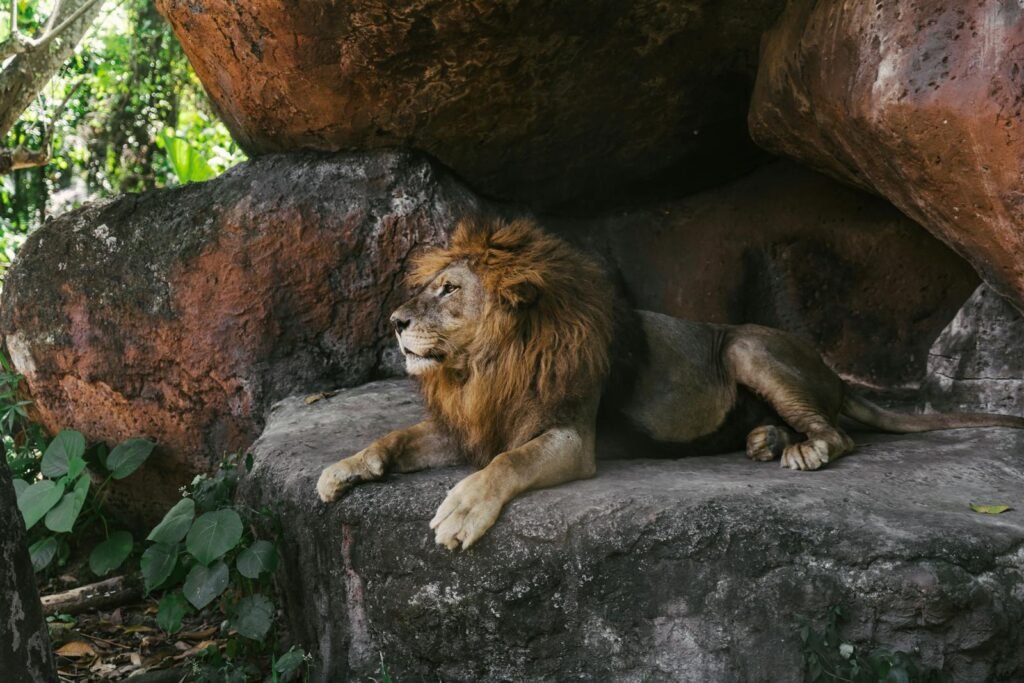
Efforts to manage water resources in big cat habitats must consider the needs of the wildlife that inhabit these regions. Creating artificial water holes and restoring natural water channels are among the strategies that can assist in maintaining the delicate balance necessary for big cats to thrive. Such measures can help reduce human-wildlife conflict and support biodiversity.
The Future of Big Cats and Their Territories
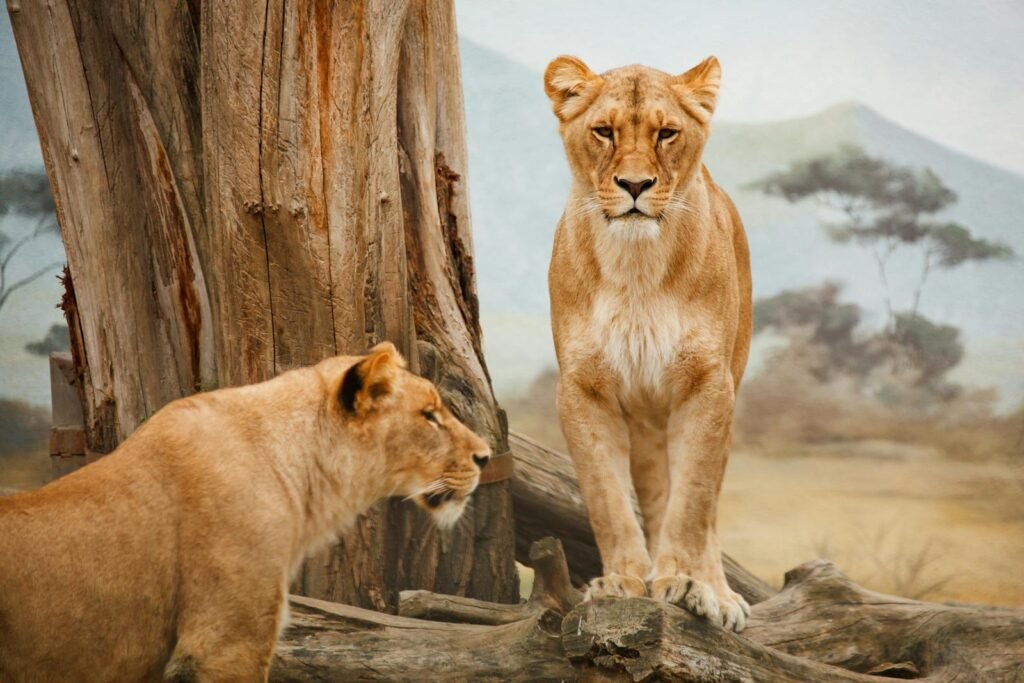
Ensuring the survival of big cat species requires an understanding of their reliance on water sources and the impacts of environmental change. Conservation efforts must prioritize the protection and restoration of these critical habitats, ensuring that future generations can continue to marvel at these extraordinary animals in the wild.
In conclusion, water sources are central to the territorial strategies of big cats, playing multiple roles in ensuring their survival and ecological success. As we continue to impact the planet, understanding and mitigating our effects on these vital resources will be crucial to preserving the magnificent presence of big cats for the future. Through conscious conservation practices and supporting ecosystems as a whole, we can safeguard these majestic creatures and the complex environments they call home.

Suhail Ahmed is a passionate digital professional and nature enthusiast with over 8 years of experience in content strategy, SEO, web development, and digital operations. Alongside his freelance journey, Suhail actively contributes to nature and wildlife platforms like Feline Fam, where he channels his curiosity for the Feline into engaging, educational storytelling.
With a strong background in managing digital ecosystems — from ecommerce stores and WordPress websites to social media and automation — Suhail merges technical precision with creative insight. His content reflects a rare balance: SEO-friendly yet deeply human, data-informed yet emotionally resonant.
Driven by a love for discovery and storytelling, Suhail believes in using digital platforms to amplify causes that matter — especially those protecting Earth’s biodiversity and inspiring sustainable living. Whether he’s managing online projects or crafting wildlife content, his goal remains the same: to inform, inspire, and leave a positive digital footprint.






